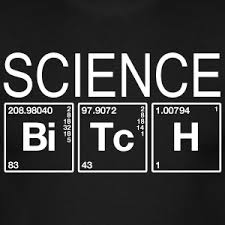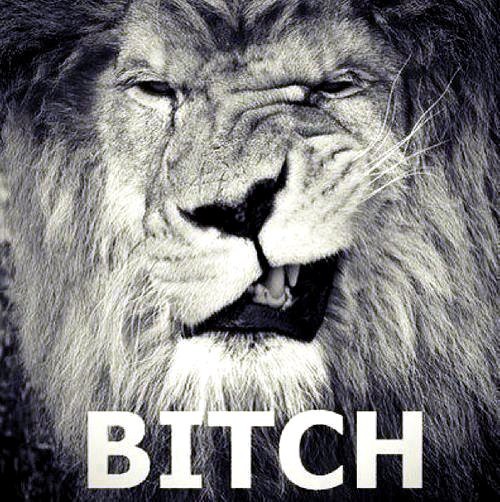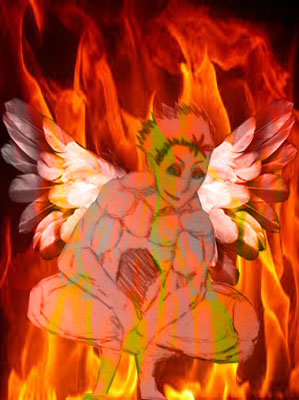While thinking about Black History Month, I have to get off my mind some of the interactions I have experienced throughout my studies with several people, not of African descent, about the relativity of Hip Hop Music and Art. Well, Silver Spring Maryland is not exactly the most urban community in the United States, and although Rap music is still the most widely played style of music at all the basketball games in this area, the majority of the population in Silver Spring Maryland just does not take Hip Hop music seriously. Not as serious as Jewish business leaders do in NYC. I recall at a UMD girls basketball game last year, an elder Caucasian man walking out of the stadium in search of the concession stands all irritated about the music playing in the stadium while the girls were warming up. The song that was playing at the time was Rae Sremmurd, “No Type”. As he shook his head murmuring something about the music, I asked him “you don’t like the music sir?” and his reply was “that is not music!” Whoa! Being a Hip Hop Rap artist myself, I wasn’t at all offended, because we are all entitled to our likes and dislikes. After all, there are Rap Artists, whom I have heard say they don’t like the “No Type” single. However, I don’t think this man was just talking about this one single.
Although Silver Spring is a diverse city where a lot of people other than “Blacks” love Hip Hop music, the culture is not regarded as something important to preserve or as progressive as Jazz, Rock’n’Roll and funk is throughout the DMV Metropolitan area. I think even Reggae and Dancehall music gets more respect than RAP does in Silver Spring. It’s obvious that Jazz, Rock’n’Roll, Funk, and Reggae are a lot older forms of music than the Hip Hop and RAP era so it’s nothing to be surprised about that most people in Silver Spring don’t exactly appreciate Hip Hop art forms.
The most recent interaction I have had was what I call an informative interview in one of my classes about the relevance of music, dance, and the visual arts. Just as in almost everything I write and talk about, I can’t help but to include examples from my experience as a Hip Hop artist, and how that has influenced my own life personally. The following is a short question answer essay which illustrates my feelings and ideals about life music, dance, the visual arts and following a link to my Black History Month pick, a Hip Hop film called “RIZE” which documents the history and relevance of Krump music.
For anyone interested in learning more about what R.U.F.F.$.T.A.R.R. is about as a Hip Hop artist, this is a good starting point to getting to know me. Furthermore, it is also a good time, because a long time ago when I started this Hip Hop Rap journey it was during black history month that I wrote my first poem about Martin Luther King and rapped it in my elementary school cafeteria in front of about 100 of my peers and teachers for the black history month show.
Question Answer Essay:
Instructor: Can music and/or dance accomplish different things than visual art? How?
R.U.F.F.$.T.A.R.R: In my opinion, music and dance are the original forms of creativity, which actually started from the point at which a man and a woman have sexual relations. I’m sure before we started using words, the original sounds came from a man and woman moaning and dance moves from the rhythmic manner in which they orchestrated their sexuality. Although both music, dance, and the visual arts can all tell a story, music and dance can accomplish different things than visual arts because visual arts mainly stimulate the upper part of the body like the eyes and brain while although music can also stimulate the brain, music and dance mostly stimulates the lower parts of the body from the hips to the feet.
Instructor: What are some of the specific things that music and dance can accomplish in a community that visual art may not be able to?
R.U.F.F.$.T.A.R.R: In my opinion, music can bring communities together at parties and dances for the love of rhythm to activate movement, social activity, and in many cultures is a form of spiritual interaction by just meditating on sounds. Dance is therapeutic for blood flow stimulation and exercise. While the visual arts can also bring communities together through film screenings, in art galleries, and on the internet, it’s more of an educational vibe to see the visuals because when people watch they are normally sitting or standing still and thinking.
Instructor: Now, provide a link to a piece of music or a dance performance that provides cohesion or identity for a specific group of people, OR, provide a link to a piece of music or dance that you have never heard of or seen before because it is from a completely different culture than ones with which you are familiar.
R.U.F.F.$.T.A.R.R: I choose the movie “Rize” which documents Hip Hop Krump music and dance.
Instructor: Now, with your link, point out some specifics regarding how what you have chosen works differently than more static types of art, like paintings or written poems.
R.U.F.F.$.T.A.R.R: Hip Hop dance and specifically Hip Hop Krump dance is very theatrical. This art form is a modern day way of depicting our African heritage. For example Hip Hop is an Art Culture started by African Americans during their plight to break free from poverty, bigotry, and gang activity in the early 80’s. Following African traditions, Hip Hop artists strived to use their art forms as a tool of battle during an era when gang activity was heavy in urban communities. Unlike other cultures around the world whom used genocide, warfare, and propaganda as a form of warfare to kill off millions of their opponents and innocent people; traditions from Africa and throughout the African diaspora, historically used their music, dance and art as a way of not only securing their communities economy and cultural history, but also as a form of battle between neighboring tribes or “hoods”. In the film Rize, at the 30:13 minute mark we see how Hip Hop dance is compared to African Dance storytelling, rituals, and battle.



